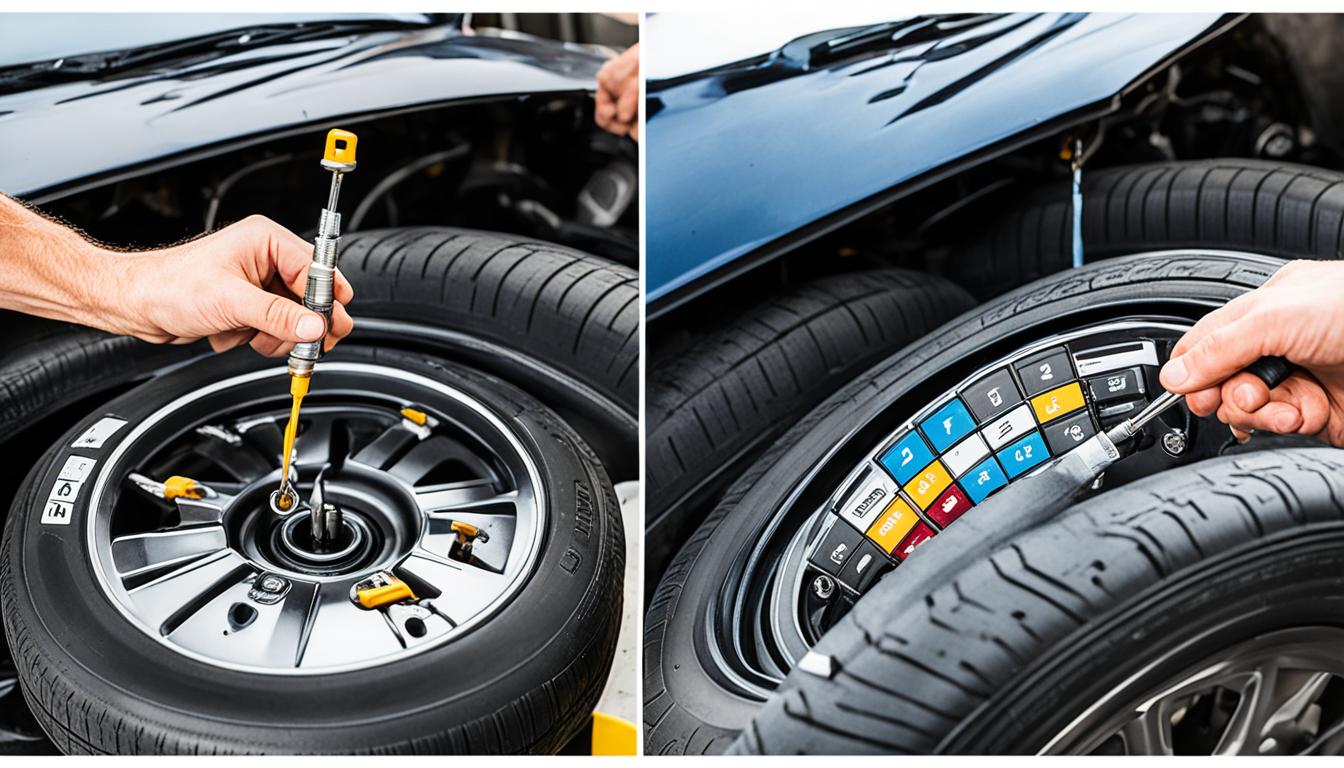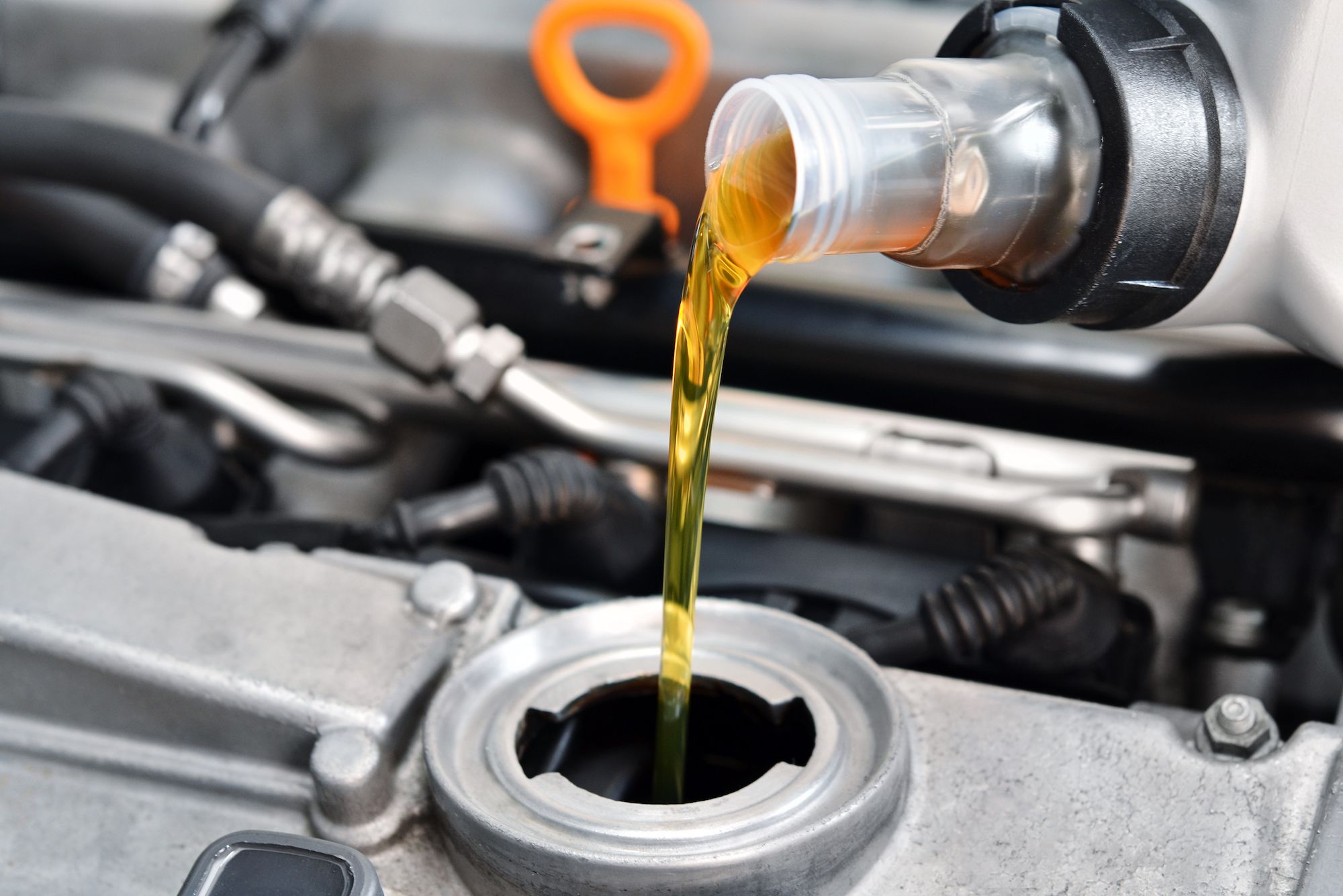All Categories
Featured
Your automobile's shock absorber is an essential part that enhances your driving experience by offering comfort, control, and stability. With time, damage on this system can jeopardize your vehicle's safety and efficiency. By embracing correct maintenance methods, you can prolong the life of your suspension and avoid expensive repairs. Here's a step-by-step overview to keeping your shock absorber in superb shape.
![]()
Leaking Liquid: Oil around the struts or shocks suggests they may need substitute. Harmed Springs: Splits or breaks in the springtimes can trigger uneven car height. Rust or Deterioration: Steel parts like control arms and bushings are prone to rust with time. If you observe any kind of problems, have your suspension system examined by a professional technician.
Keep tires blown up to the suggested stress. Turn tires every 5,000 to 7,500 miles. Balance and align wheels yearly or after hitting pits or visuals. Uneven tire wear is an usual indication of suspension misalignment or used elements.
![]()
Final thought. Appropriate upkeep of your suspension system is vital for making certain a risk-free and comfortable driving experience. By conducting regular inspections, changing worn parts, maintaining tire care, and driving responsibly, you can maintain your suspension in peak problem. Proactive treatment not just protects against costly repair services but additionally ensures your car's durability and safety for each journey.
- Recognize the Relevance of the Shock Absorber. The shock absorber takes in shocks from uneven roads, supports the auto's weight, and maintains the tires securely in contact with the roadway. It consists of shocks, shows off, springtimes, control arms, and bushings, all of which interact to ensure a smooth and secure adventure. Identifying its value is the first action toward proper treatment.
- Conduct Regular Visual Assessments. Constant aesthetic checks can assist identify prospective concerns early. Search For:

Leaking Liquid: Oil around the struts or shocks suggests they may need substitute. Harmed Springs: Splits or breaks in the springtimes can trigger uneven car height. Rust or Deterioration: Steel parts like control arms and bushings are prone to rust with time. If you observe any kind of problems, have your suspension system examined by a professional technician.
- Address Unusual Sounds and Signs And Symptoms. Unusual noises, such as creaking, squealing, or clunking, commonly signal suspension issues. A bouncy trip, problem guiding, or the automobile drawing to one side shows that a suspension part might need focus. Do not overlook these signs; very early discovery can protect against more damages.
- Keep Appropriate Tire Treatment. Tires and suspension interact to provide a smooth ride. To reduce stress on your suspension system:
Keep tires blown up to the suggested stress. Turn tires every 5,000 to 7,500 miles. Balance and align wheels yearly or after hitting pits or visuals. Uneven tire wear is an usual indication of suspension misalignment or used elements.
- Change Worn-Out Elements on schedule. Suspension components like shocks, struts, and bushings wear gradually. Manufacturers typically suggest changing shocks and shows off every 50,000 to 100,000 miles, depending on driving problems. Postponing replacement can compromise handling, safety, and general vehicle performance.

- Prevent Overloading Your Lorry. Exceeding your lorry's weight capability places extreme pressure on the suspension system. This can lead to faster put on and tear on elements like shocks and springtimes. Constantly inspect your proprietor's guidebook for weight restrictions and avoid overloading.
- Drive Responsibly. Aggressive driving practices, such as speeding up over holes, taking edges also quickly, or frequently driving on rough roads, can harm your suspension. Method careful driving to minimize wear and extend the life-span of your shock absorber.
- Schedule Professional Inspections. Regular expert evaluations are vital for identifying surprise concerns and ensuring optimal efficiency. Mechanics can detect troubles that aren't noticeable during a DIY check, such as used round joints or control arm damage.
Final thought. Appropriate upkeep of your suspension system is vital for making certain a risk-free and comfortable driving experience. By conducting regular inspections, changing worn parts, maintaining tire care, and driving responsibly, you can maintain your suspension in peak problem. Proactive treatment not just protects against costly repair services but additionally ensures your car's durability and safety for each journey.
Latest Posts
Get to Know the Professionals Behind Montclare Auto Repair - Your Trusted Team
Published Apr 19, 25
2 min read
Fuel Allie's: A Retro Dining Experience at FunCity Resort
Published Apr 19, 25
1 min read
Green Restroom Upgrades Facilitated
Published Apr 18, 25
1 min read